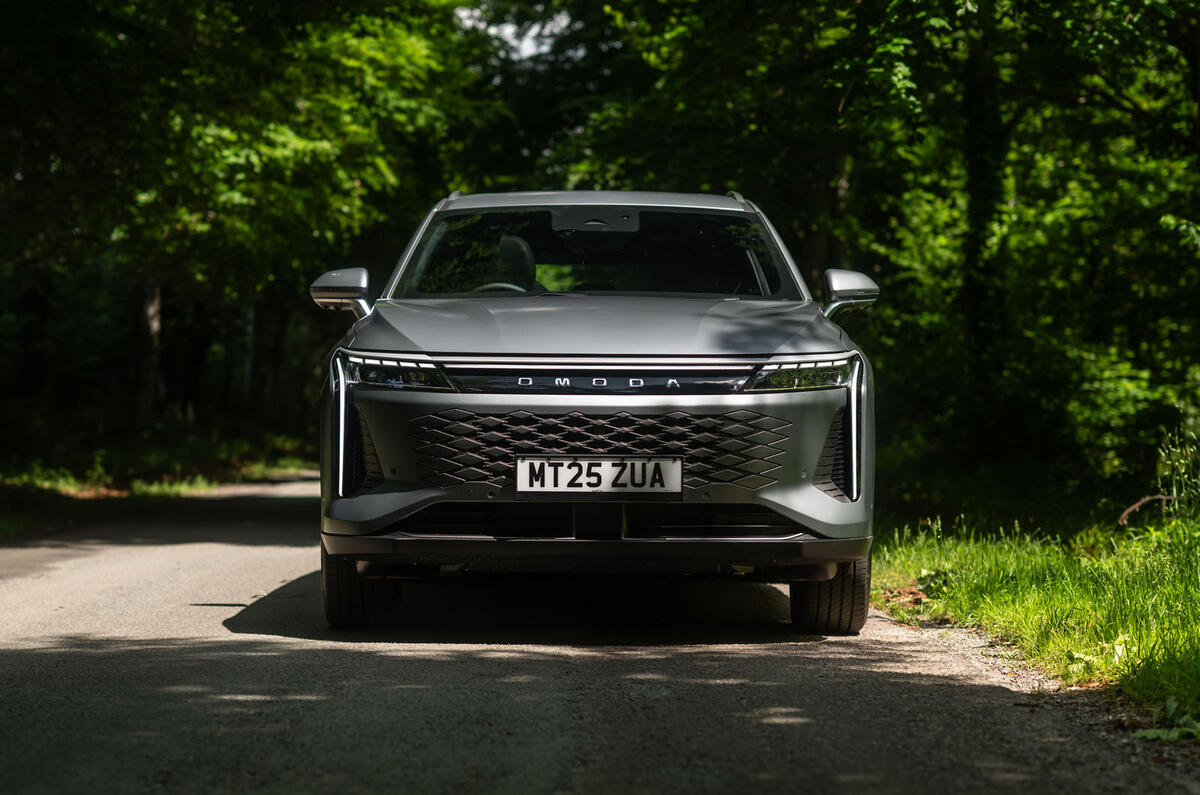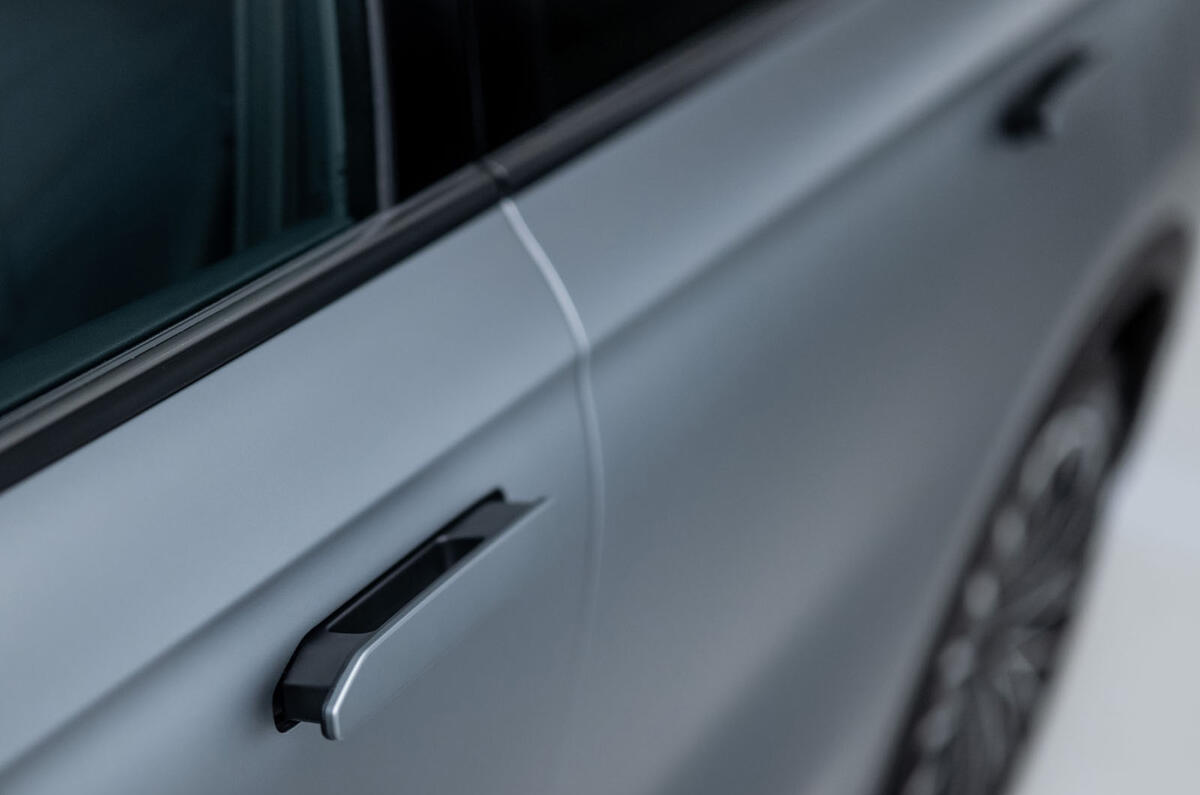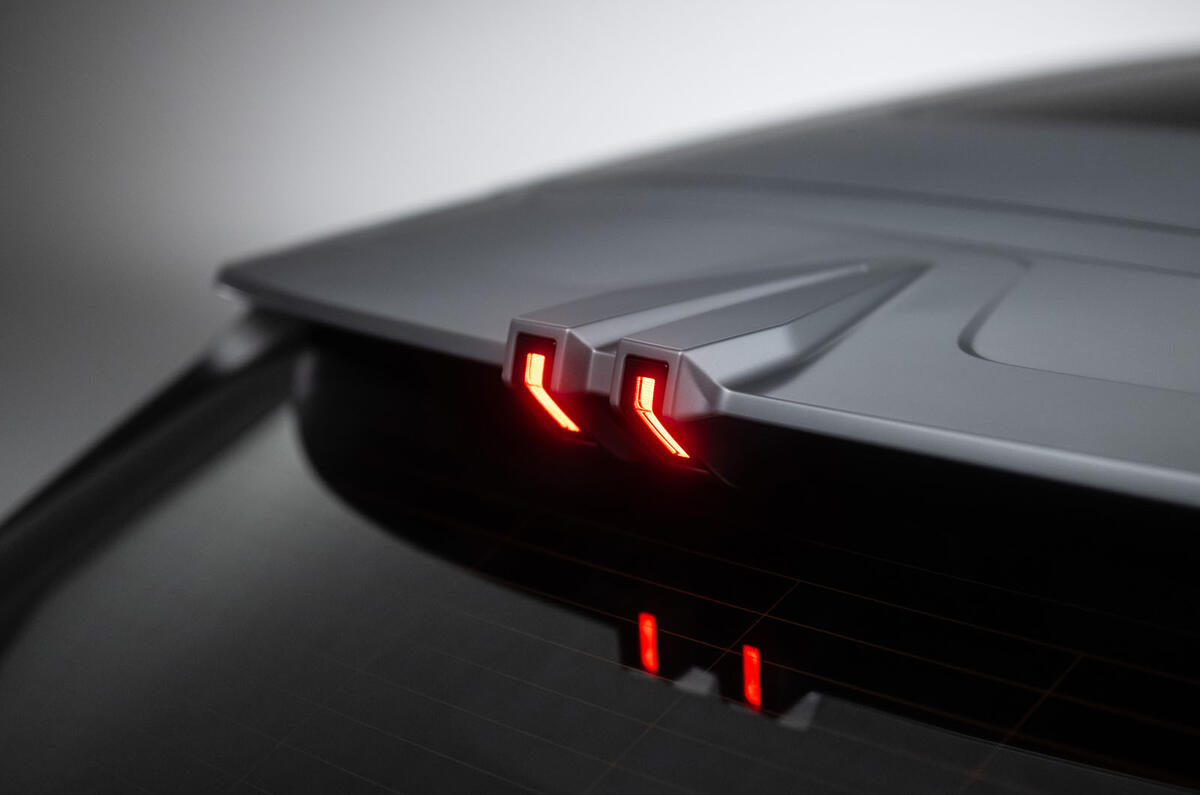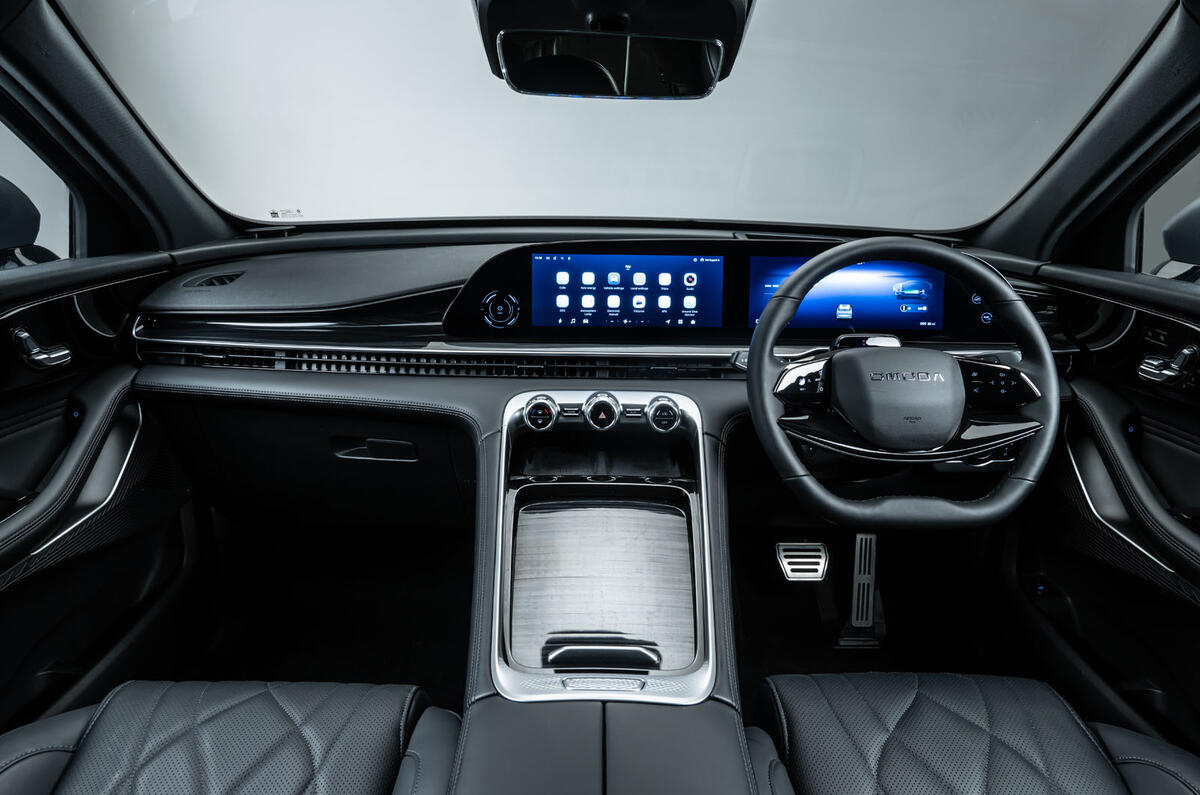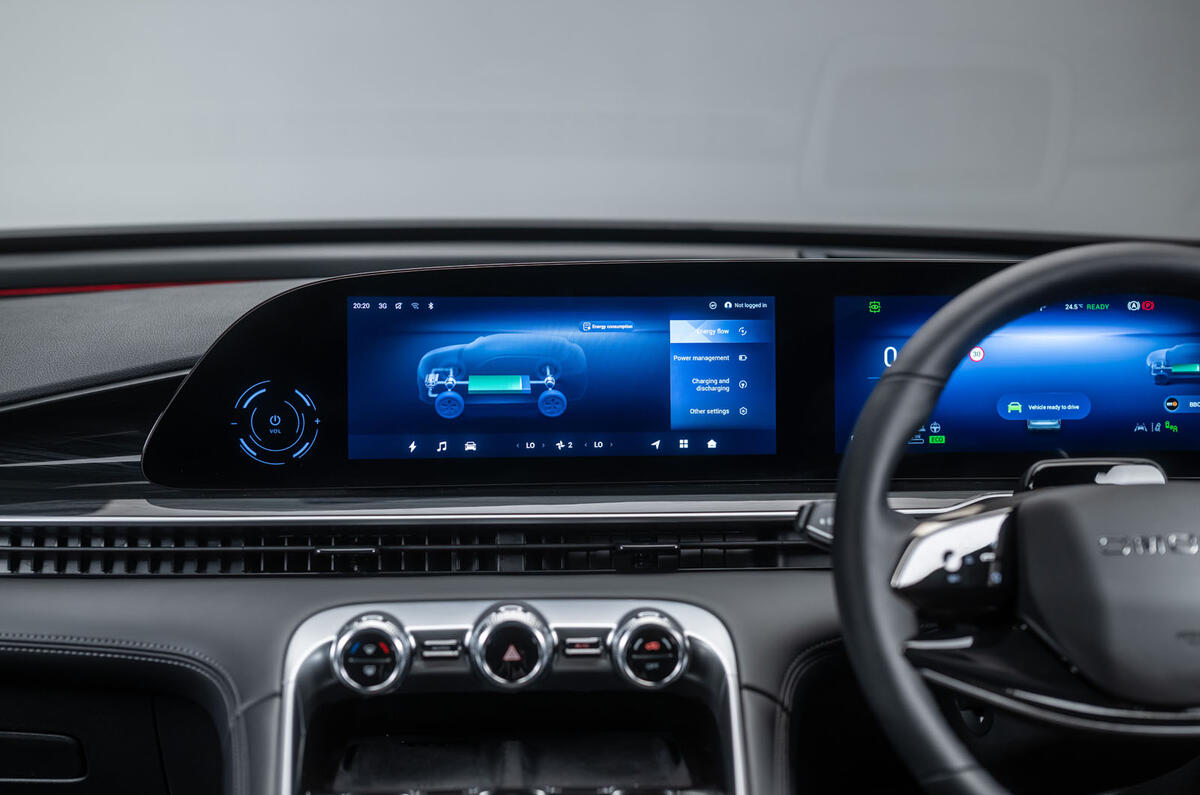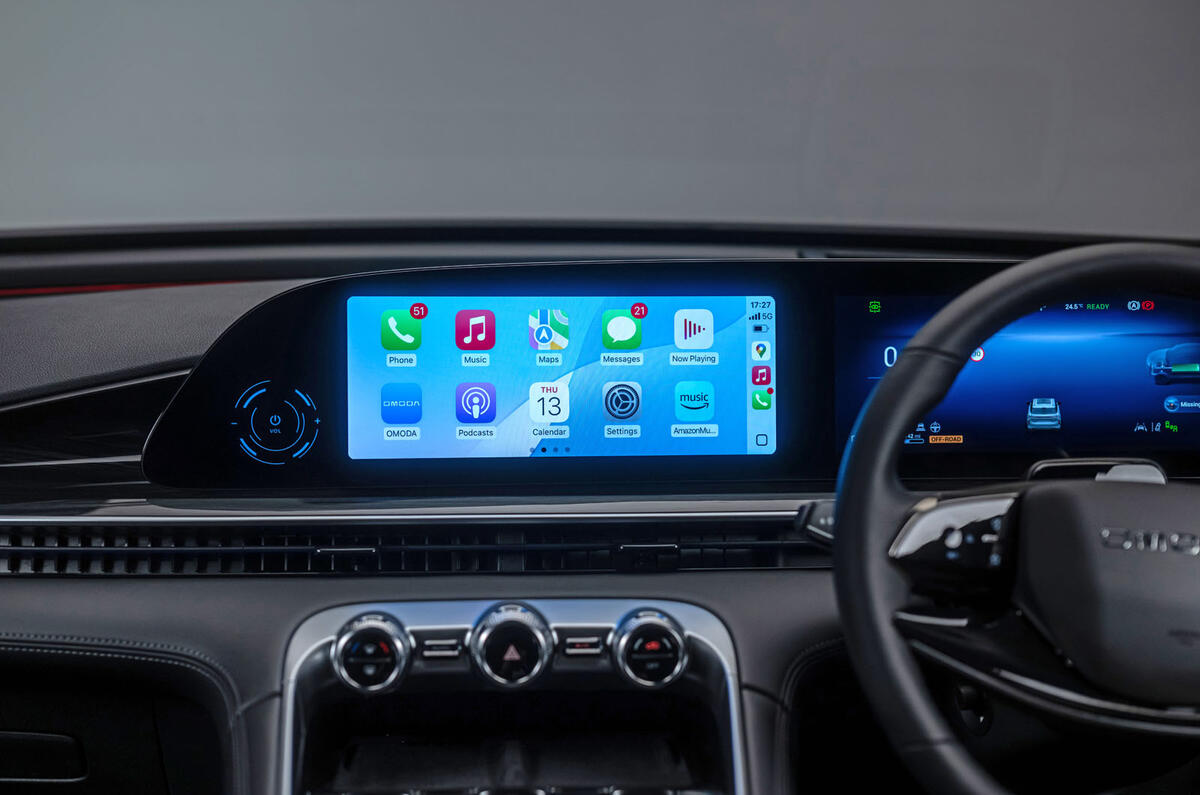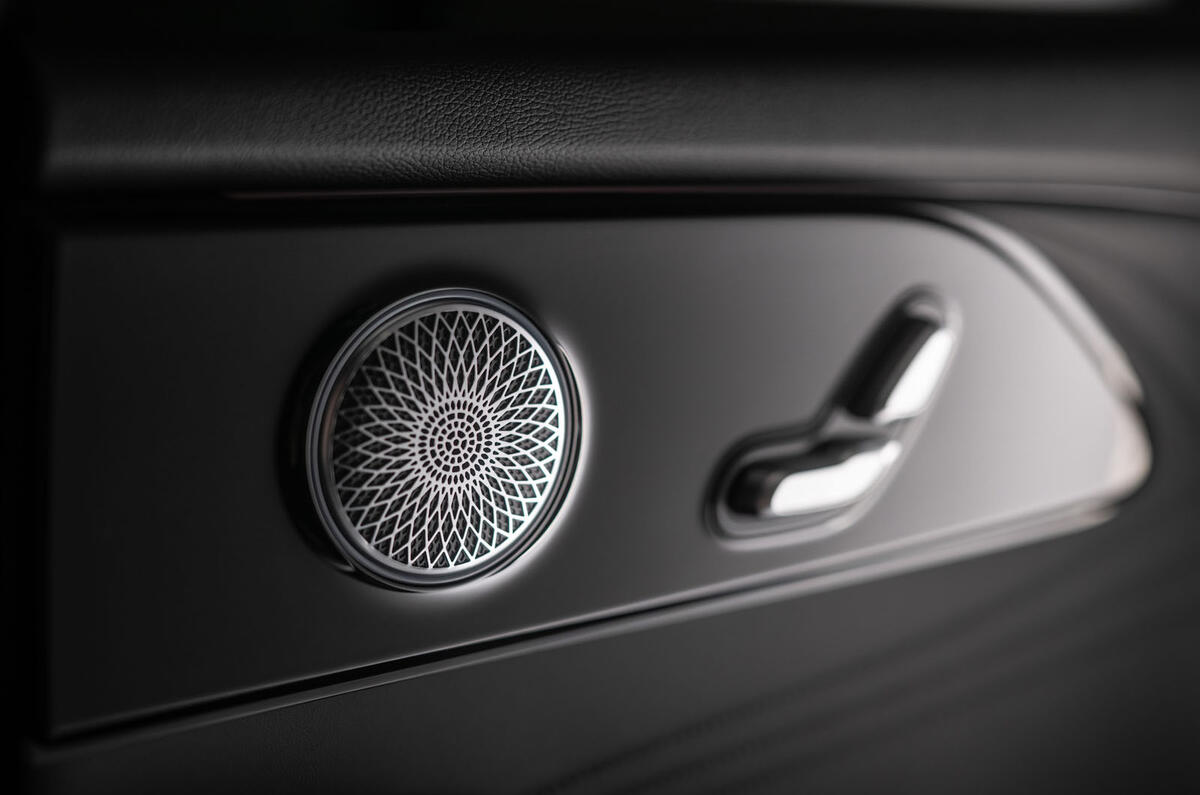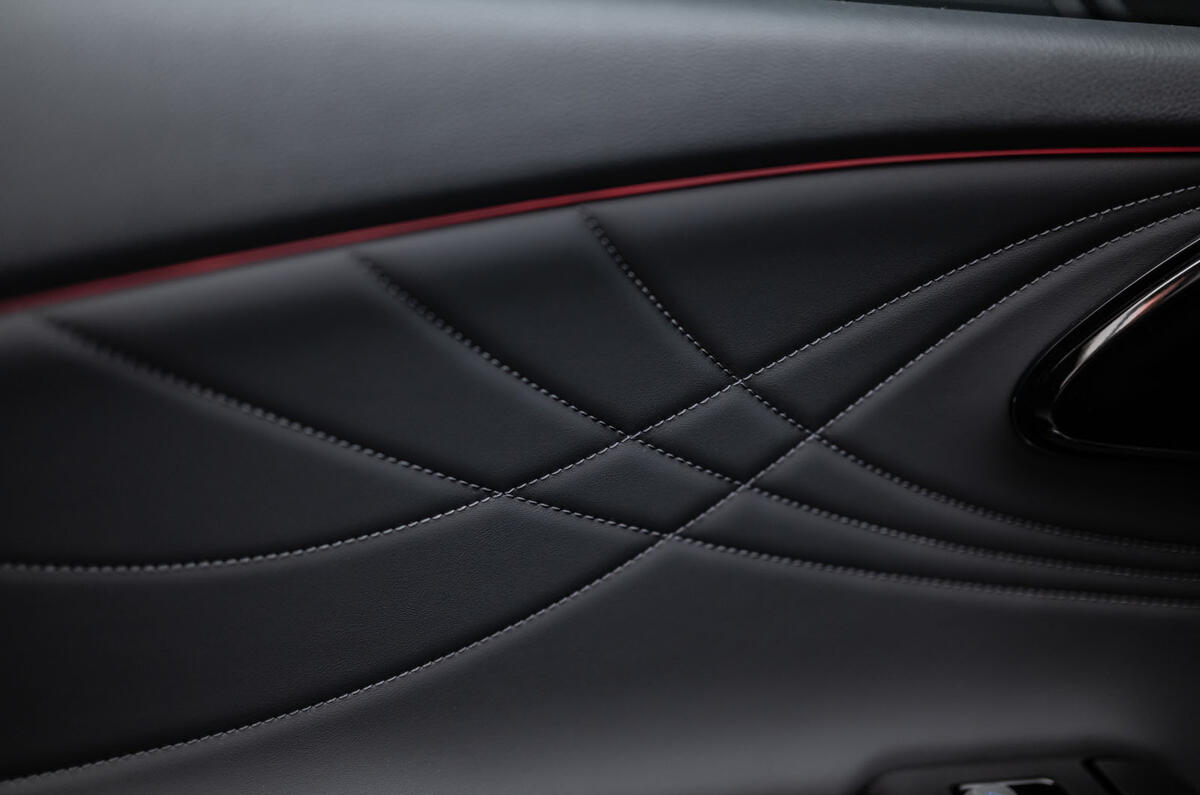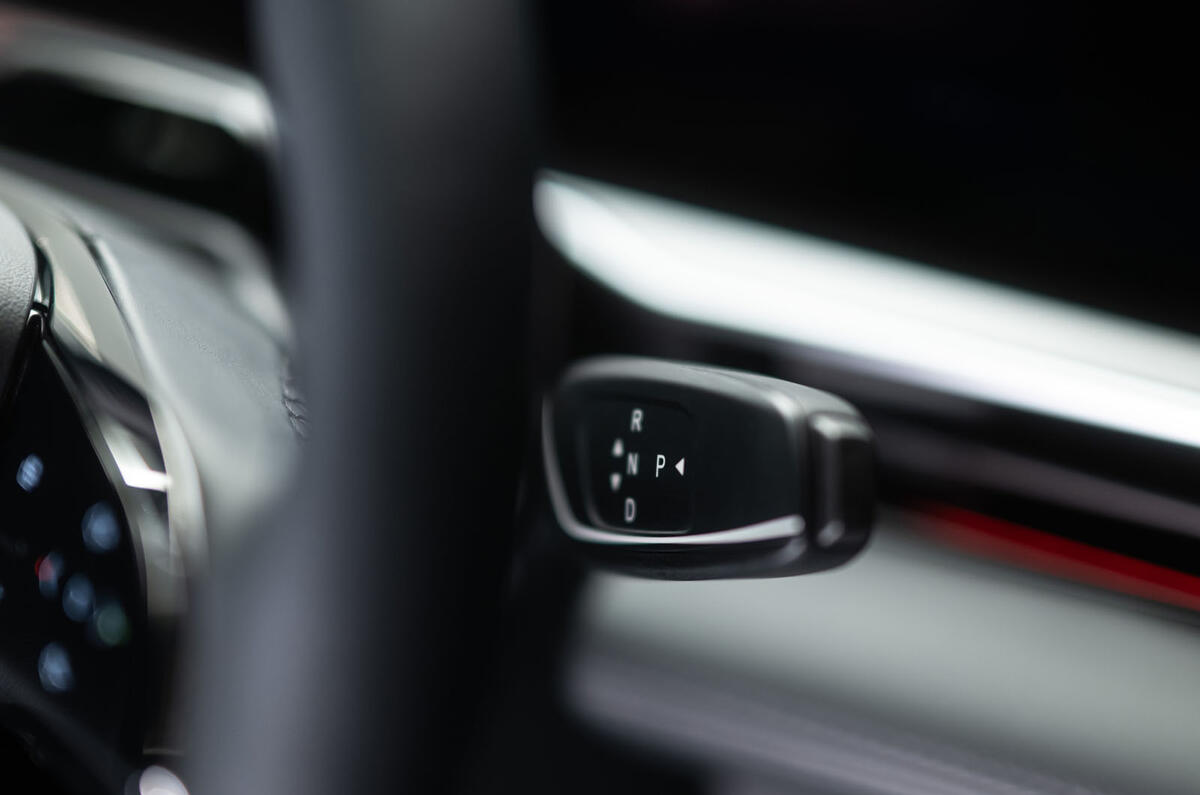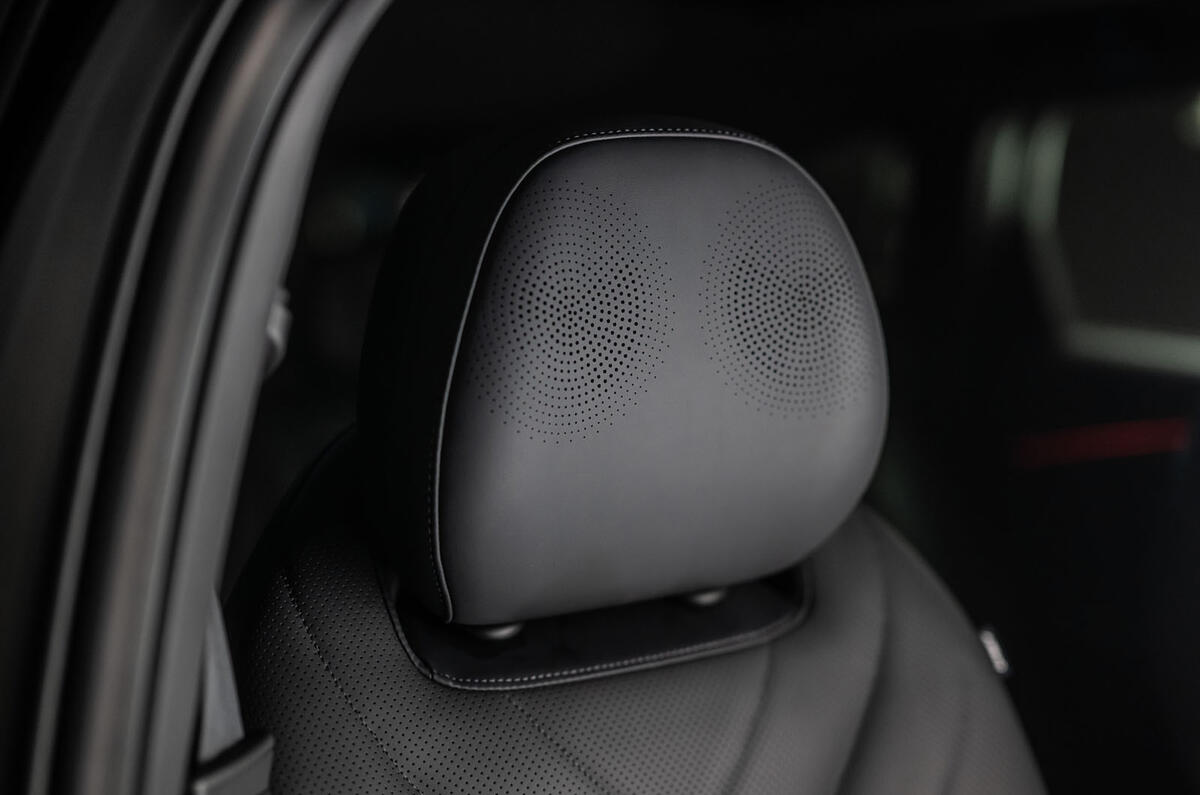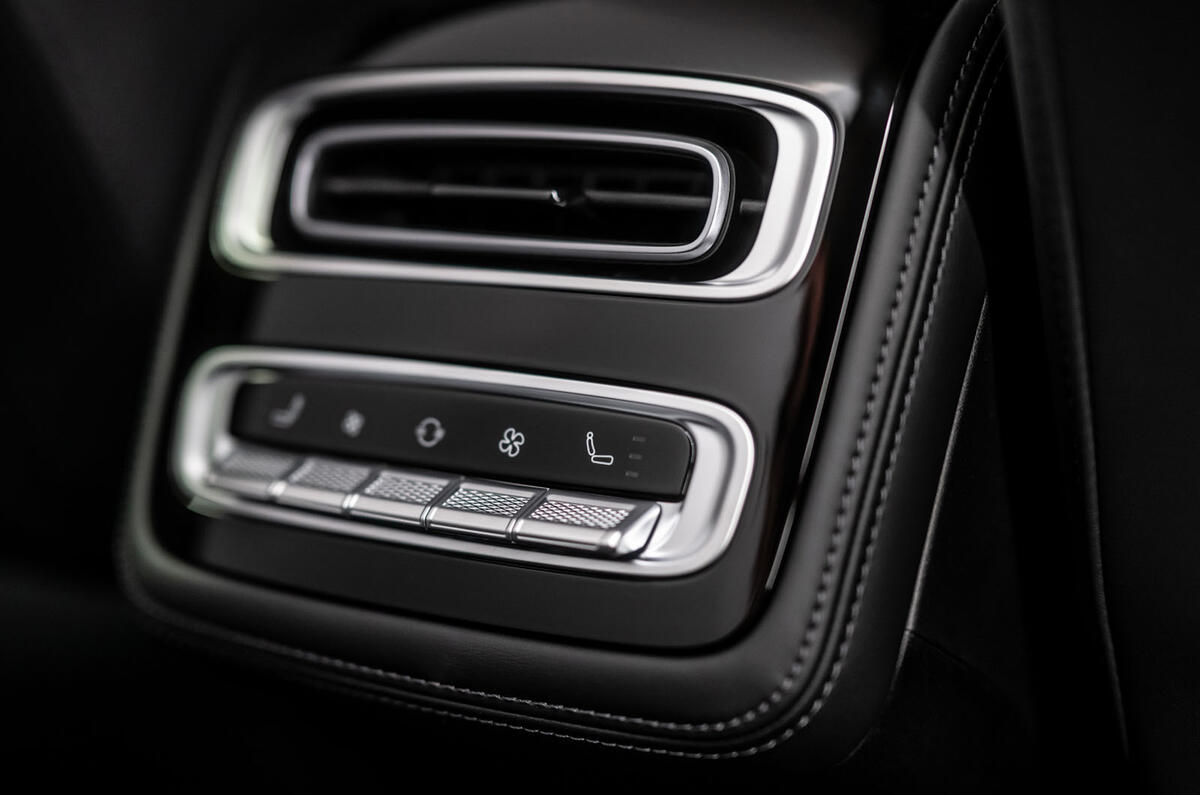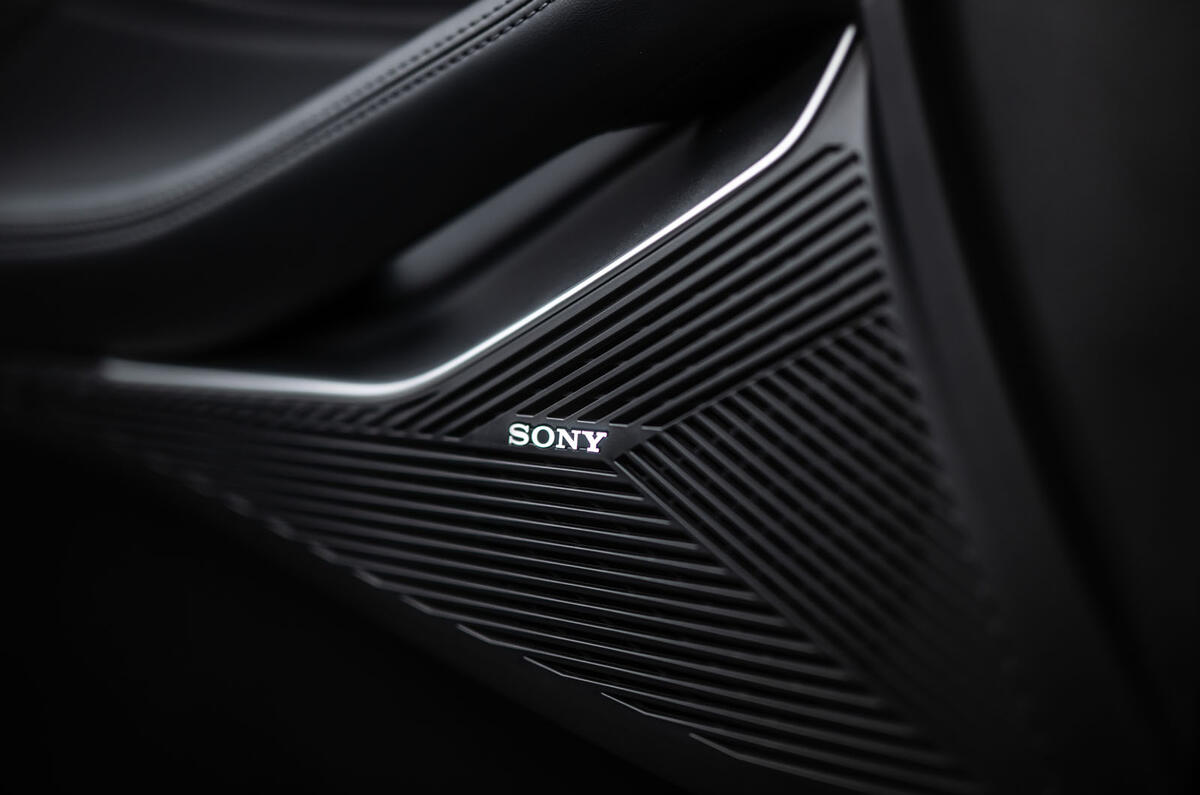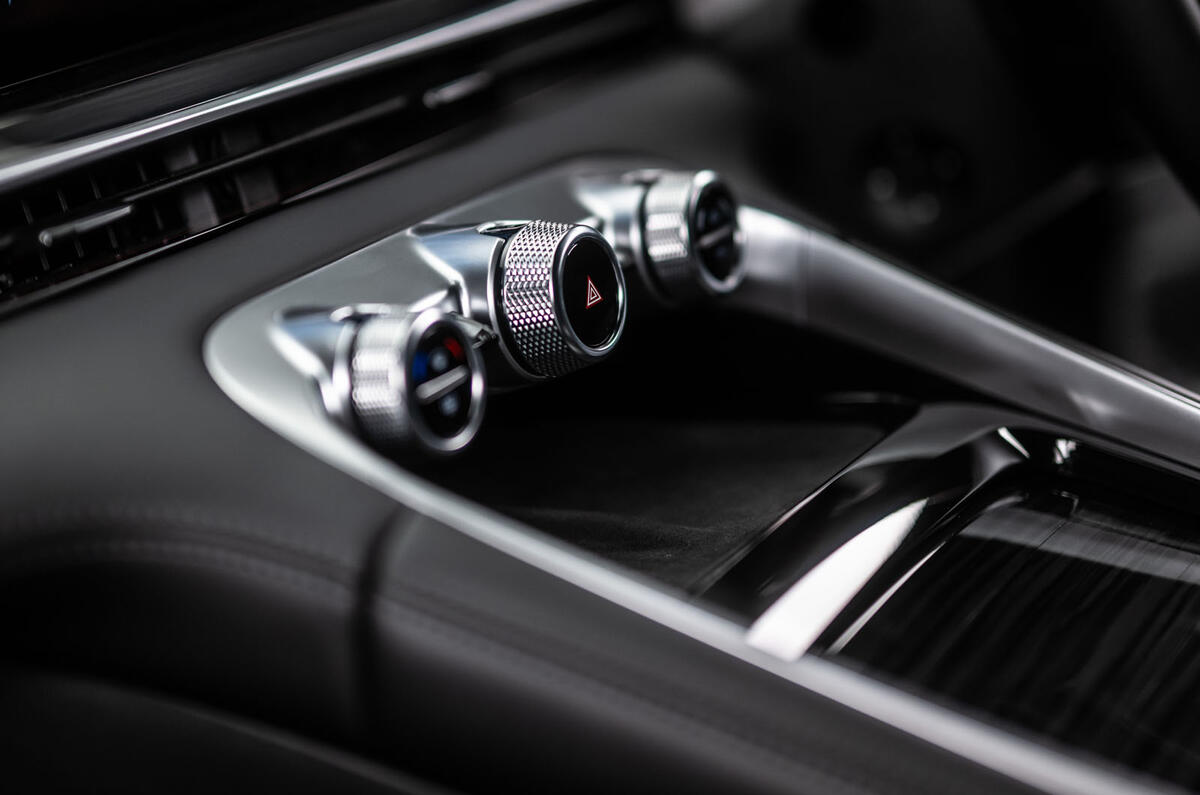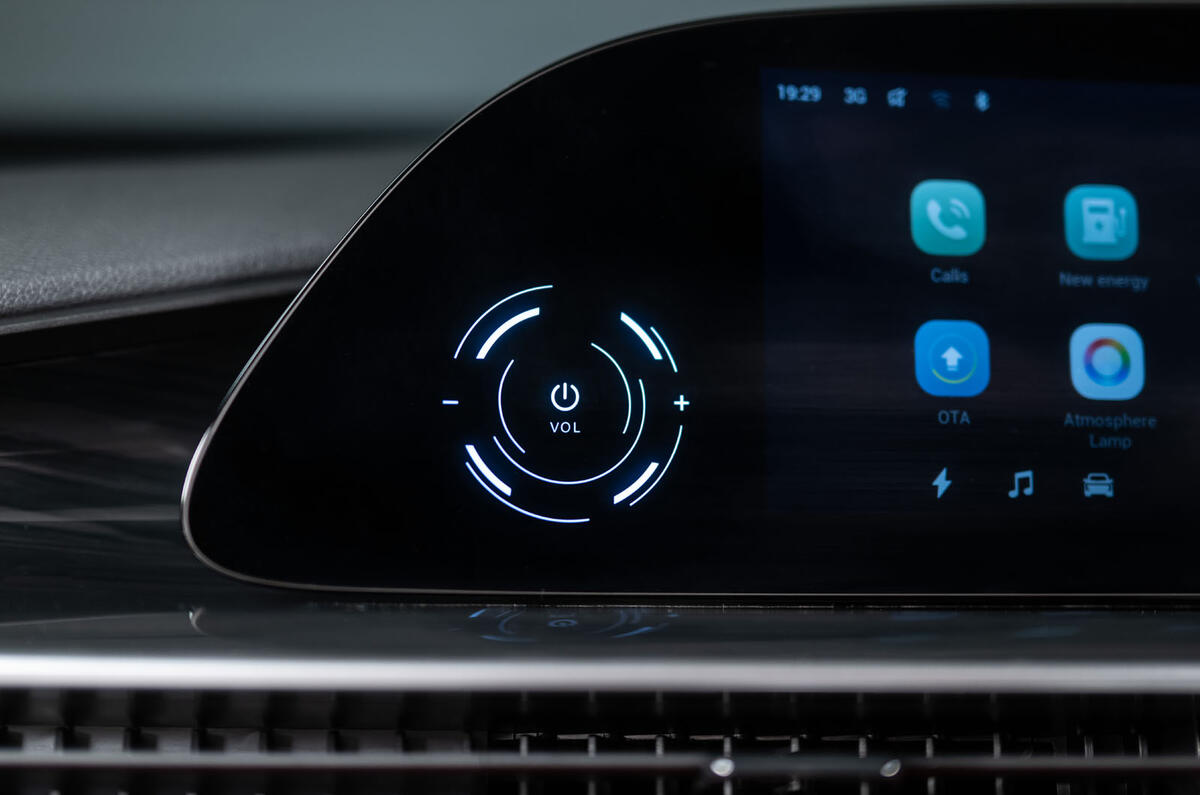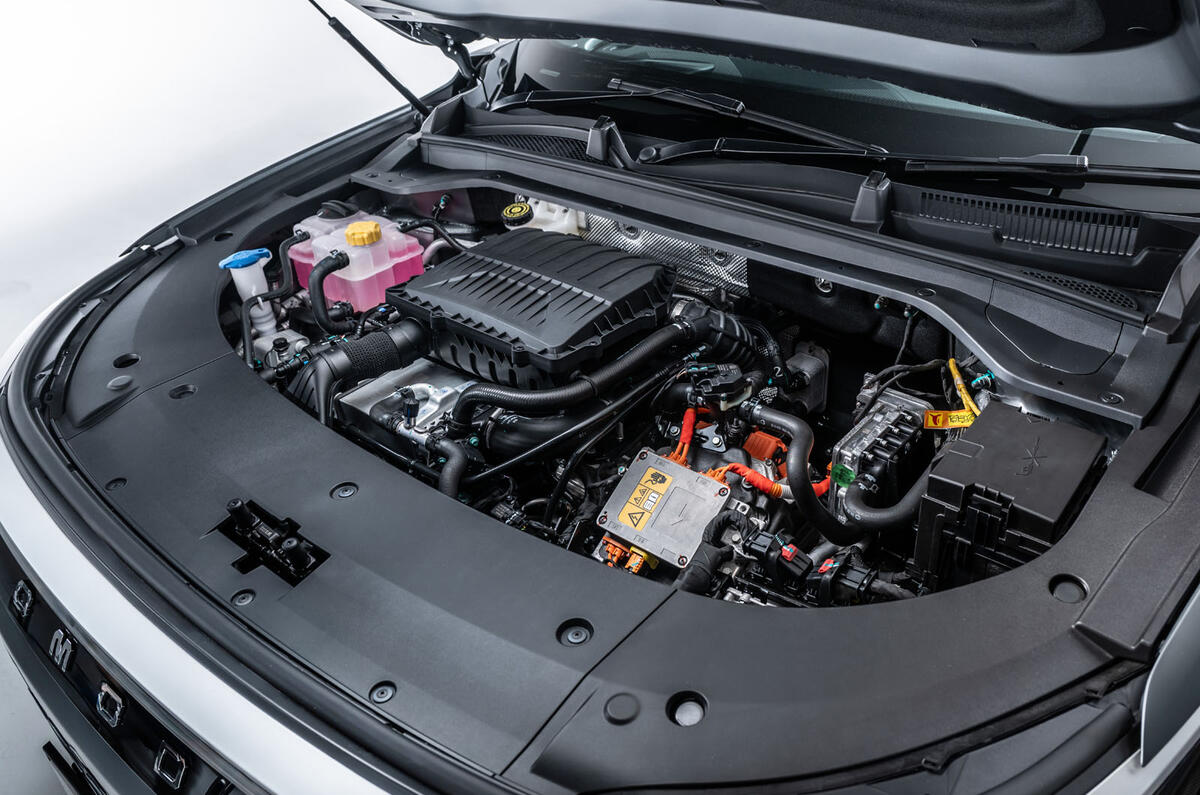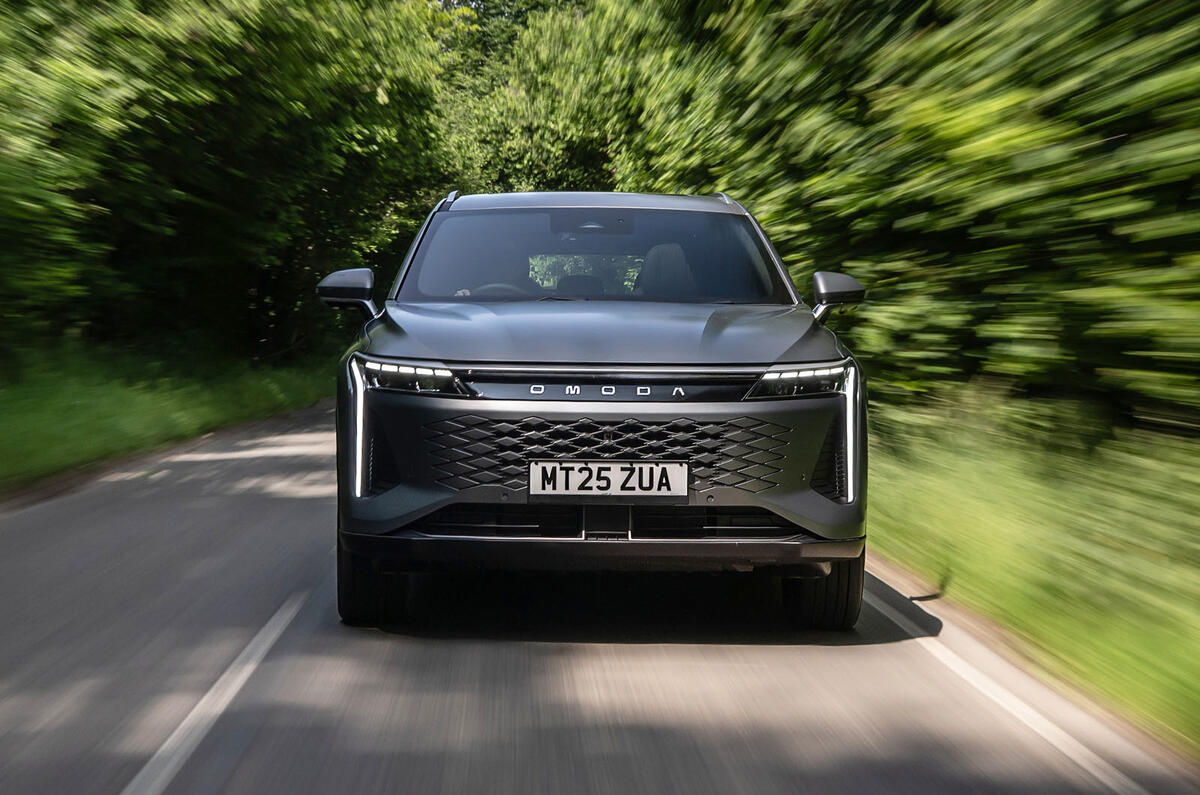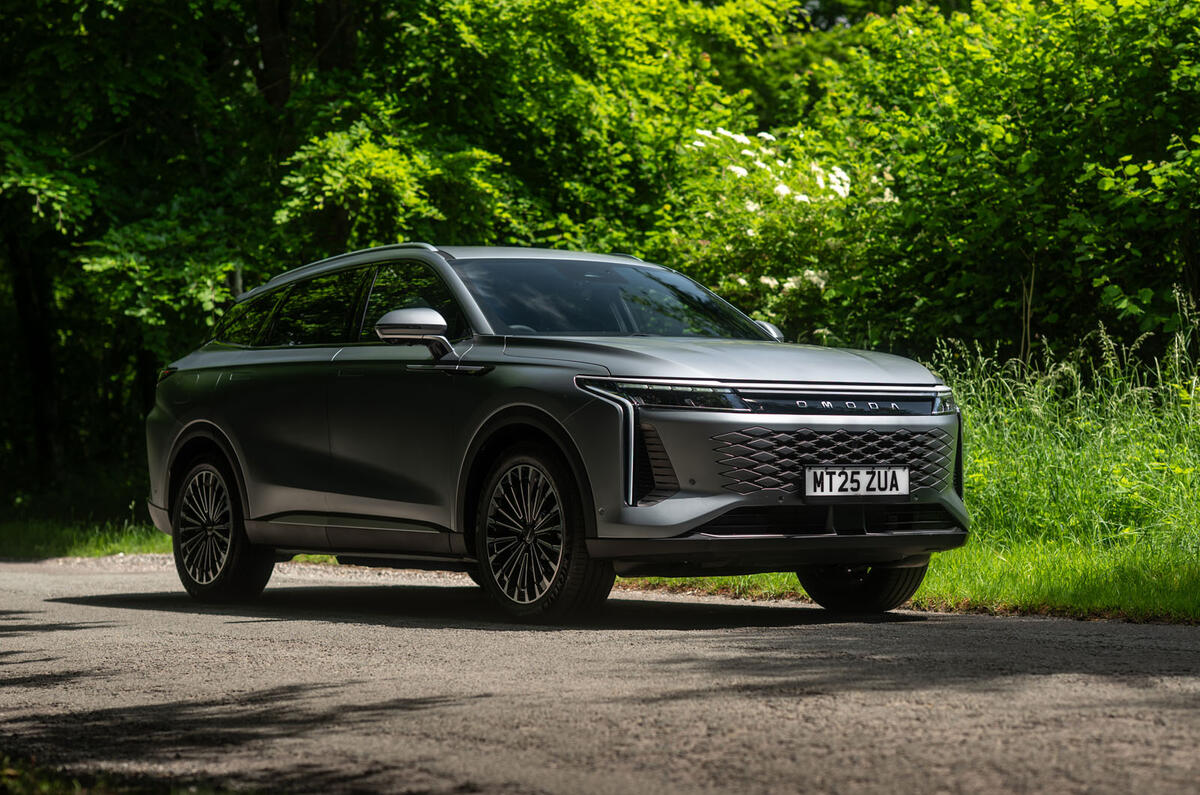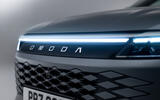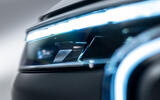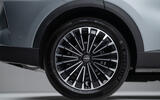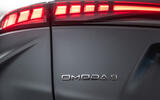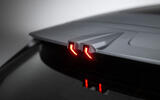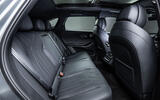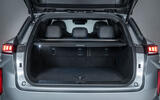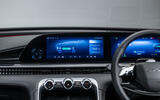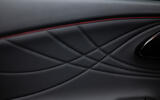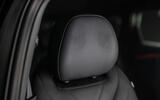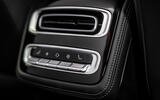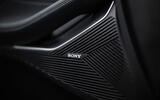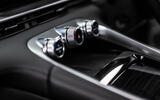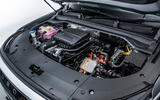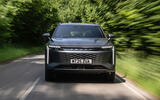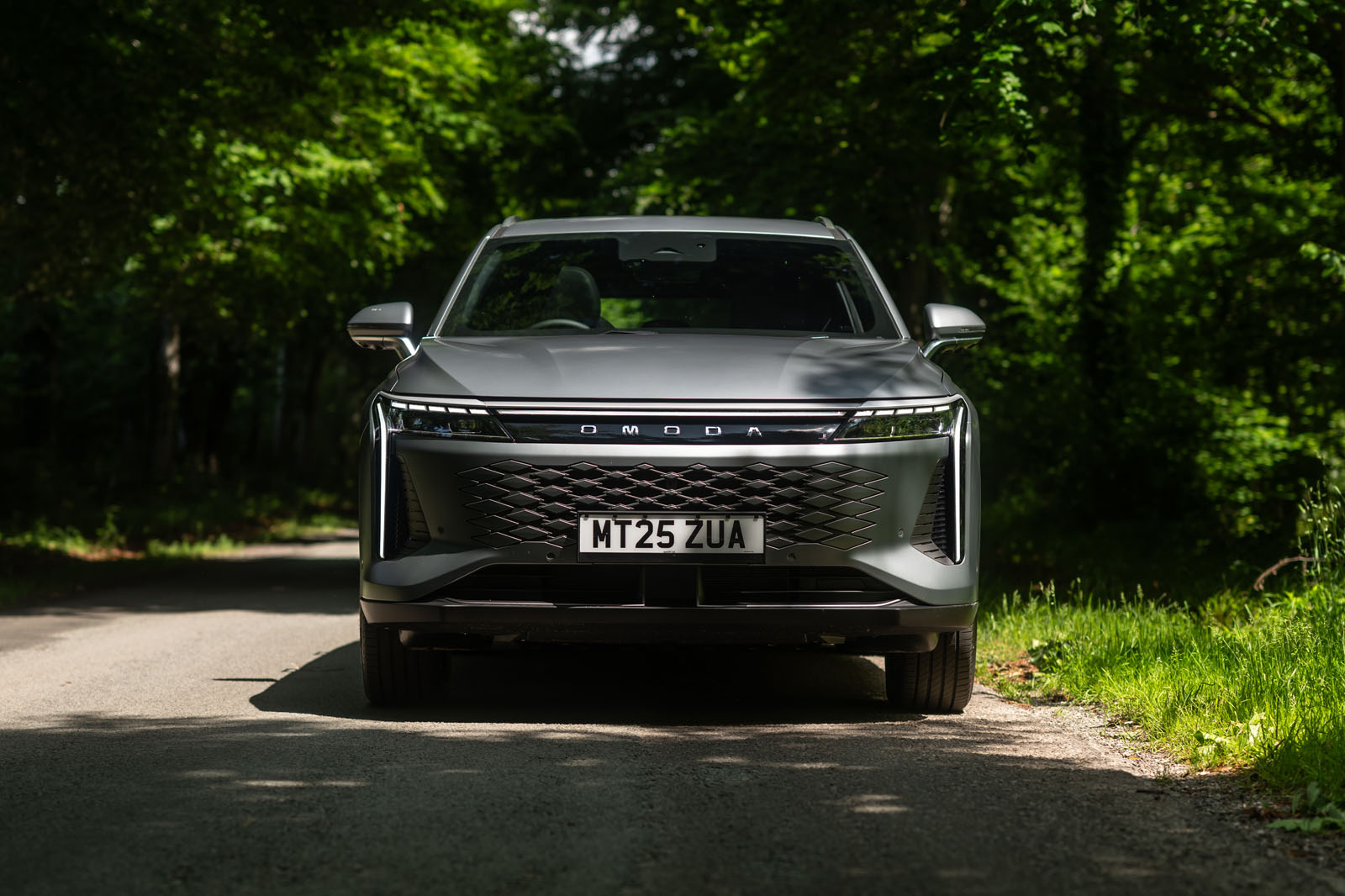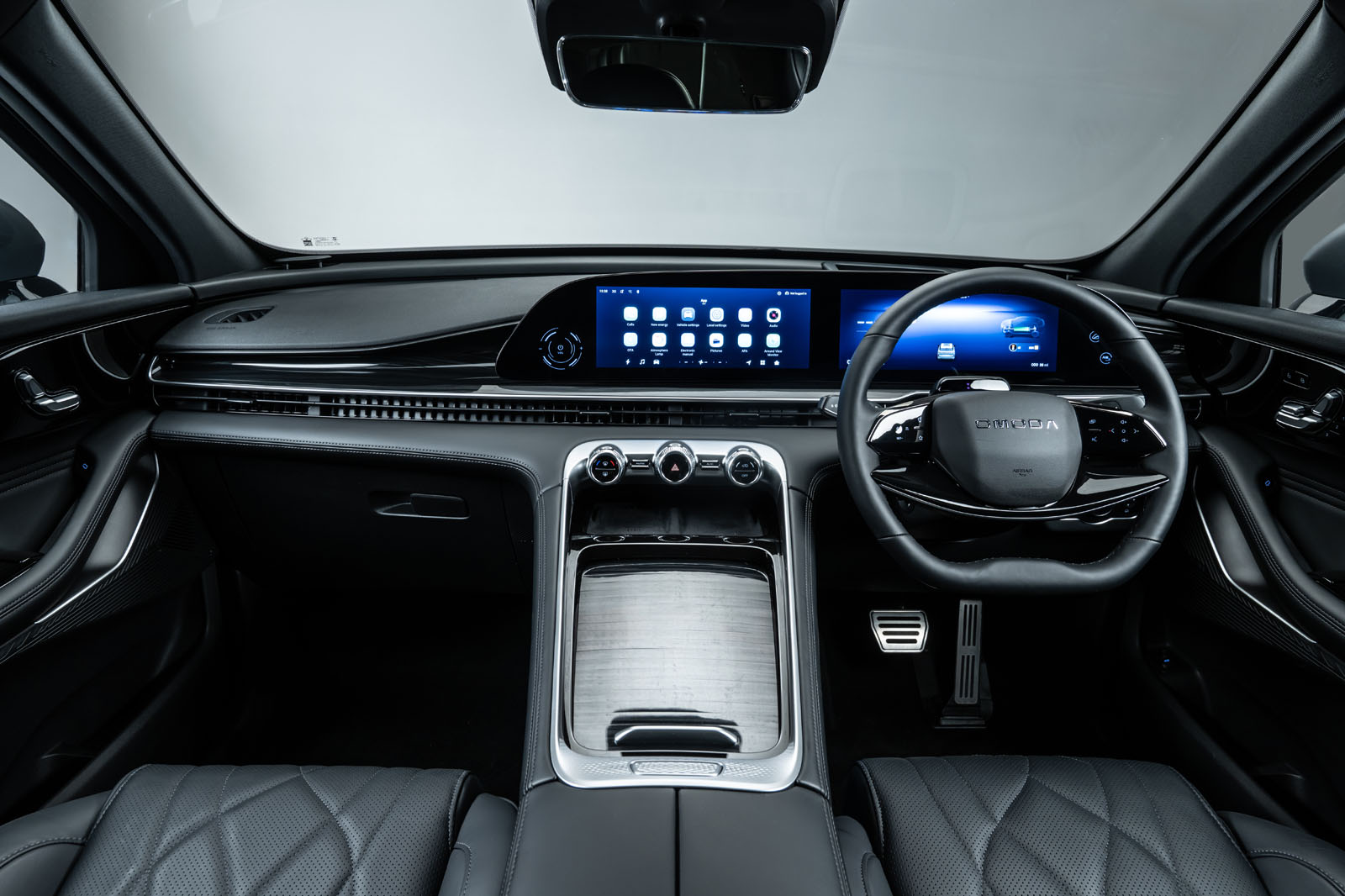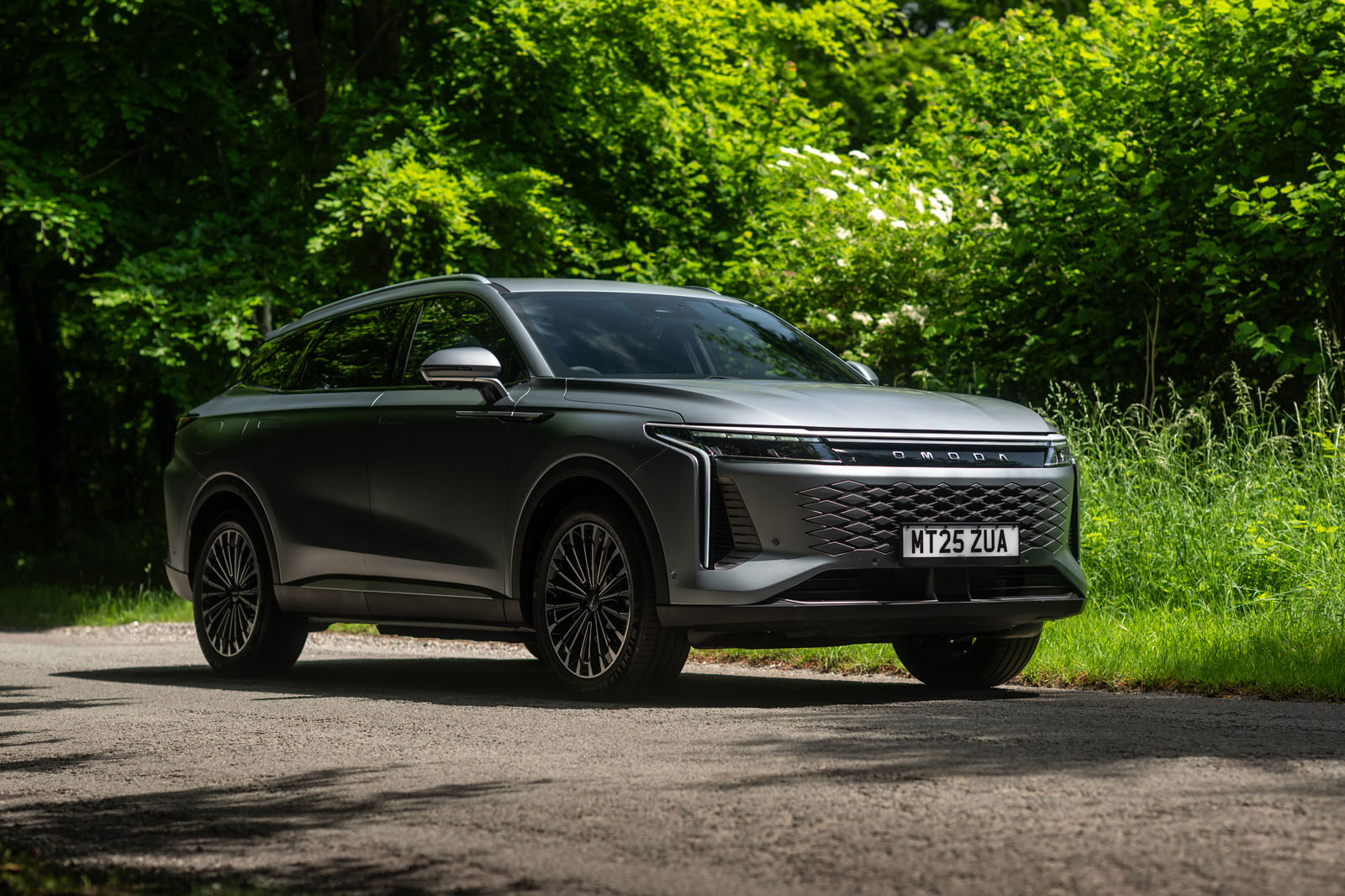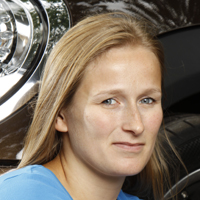Calling a car ‘premium’ is a bit tricky, these days, isn’t it? After all, the new Omoda 9 is undeniably premium in its objective merits.
At 4.75m long it’s seriously spacious, it’s got the LED lighting and sleek surfacing of most posh SUVs, and it is absolutely brimming with tech, including autonomous parking, head-up display, heated and cooled seats in the front and back, ‘breathing’ ambient lighting… It’s also got a whopping electric-only claimed range of 93 miles. Mated to the turbocharged, 1.5-litre four-cylinder petrol engine and 70-litre fuel tank, that makes for a potential combined driving range of more than 700 miles. By any quantifiable benchmark, the Omoda 9 is a premium, D-segment SUV that’s just as upmarket as a Volvo XC60, Audi Q5, BMW X3 and Lexus RX.
And yet… How much weight do we put on brand perception and heritage? Volvo, Mercedes et al are established as premium because they’ve earned that reputation over many decades. Omoda, by contrast, was established in 2022 under Chinese parent company Chery as a dedicated global brand to sell outside of its domestic market.
That’s all well and good, but for many buyers you could fit the Omoda 9 with a retractable chandelier and it still wouldn’t really be ‘premium’ simply because of the newness and untried standing of the brand. Certainly not for a few years yet, anyway.


